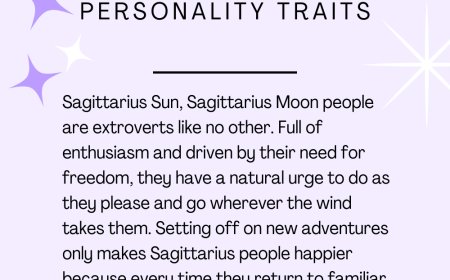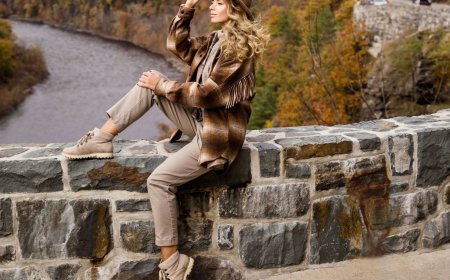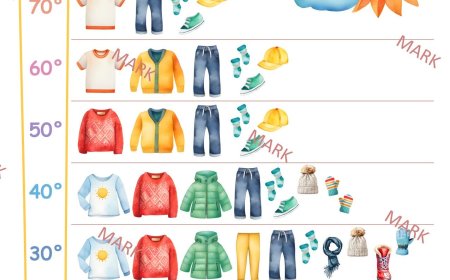Prince William’s Ski Trip: The Royal Getaway That Made Headlines
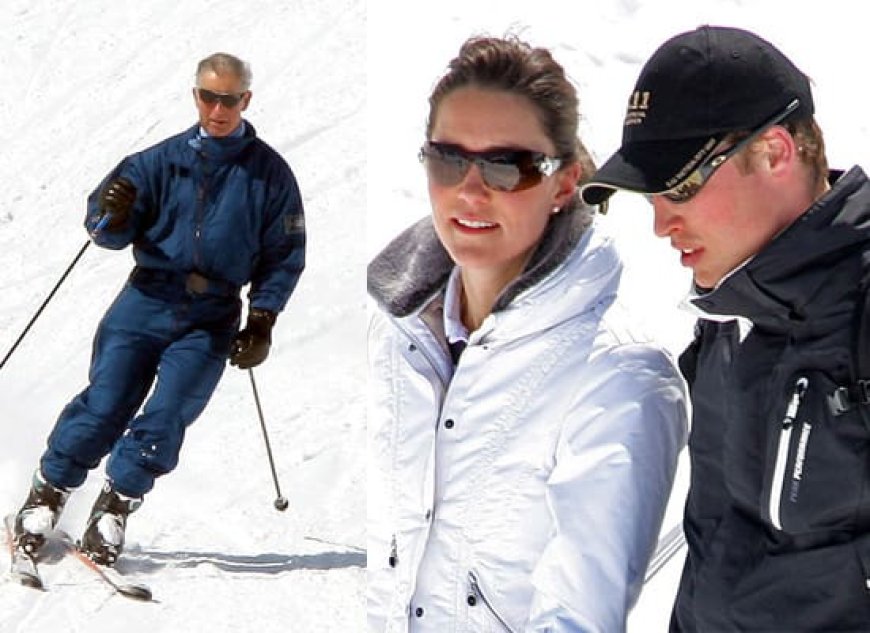
In recent years, the nexus of royal life and leisure has often been highlighted through the media lens. One particular date marked an event that not only captivated royal enthusiasts but also sparked dialogue regarding the intersection of privilege and normalcy. The ski trip of Prince William, alongside his father, Prince Charles, and his wife, the Duchess of Cambridge, Kate Middleton, provided a vivid tapestry of both familial bonds and the enchanting allure of alpine escapism.
The royal family epitomizes tradition, yet their leisure endeavors reveal their pursuit of happiness amidst public scrutiny. It is essential to dissect this confluence of royal duties and personal joy to furnish a nuanced understanding of such excursions.
The backdrop of Klosters, a quaint resort in Switzerland, is emblematic of aristocratic retreats throughout history. This locale, cherished by the British elite, serves both as an escape from urban pressures and an arena for cultivating familial ties. The ski trip captured not only the ethereal beauty of snow-capped peaks but also engendered significant public interest, suggesting an intricate relationship between royal escapades and media representation.
Is it simply a vacation, or does it exemplify a broader cultural commentary on the monarchy's public image? This inquiry holds merit as we explore the ramifications of such royal outings.
Analyzing the royal skiing dynamic requires delving deeper into the environment and interactions among the participants. This excursion was far more than just a leisurely engagement in winter sports; it was a deliberate display of unity and public relations strategy. It exemplified a celebration of family life—one that bespoke warmth and solidity against a backdrop rich in opulence and exclusivity.
Examining the individual roles of Prince William and Kate Middleton unveils layers of meaning associated with their public personas. William, who has often balanced his royal obligations with a desire to connect with the populace, utilizes such experiences as a conduit for relatability. Meanwhile, Kate, whose role as a modern royal has evolved to encompass both tradition and contemporary relevance, embodies a sense of style and approachability that resonates with many. Their joint participation in this ski trip reinforces their public image while providing a glimpse into their family dynamics.
The allure of skiing also cannot be underestimated. It is a sport traditionally associated with aristocracy, one that invokes images of genteel leisure and athletic prowess. This particular destination—Klosters—holds historical significance for the British royal family, thereby intertwining personal nostalgia with contemporary familial endeavors.
Discussion must also encompass the broader implications of royal vacations in the context of societal expectations. In an era where the monarchy faces scrutiny, the optics of leisure become paramount. The juxtaposition of royal privilege against the backdrop of societal challenges invites speculation. Is a ski trip viewed through the lens of extravagance, or does it reflect a necessary retreat from the world’s burdens? As viewers, this becomes a playful challenge: how do you reconcile the lifestyle of royalty with the day-to-day struggles faced by the common populace?
Furthermore, media coverage of such trips adds another dimension to the discourse. The fascination surrounding royal escapades often spawns sensationalism and tabloid journalism. Every photograph captured—notably of Prince William, Prince Charles, and Kate Middleton gliding down the snowy slopes—becomes a canvas for public interpretation. These moments are not merely snapshots; they represent a curated narrative that seeks to bridge the divide between royalty and the citizenry.
Royal ski vacations have historically drawn attention for their potential to influence public perception. They serve as a reminder that the royal family, much like any other, seeks enjoyment and leisure despite their vast responsibilities. However, this creates an interesting dilemma: does the monarchy risk alienation from the very subjects it represents by indulging in such luxuries? This question revitalizes the discourse surrounding royal accountability in the contemporary age.
Moreover, the emotional undertones of such family gatherings merit exploration. The camaraderie displayed during the trip—laughter shared, stories exchanged, and moments of vulnerability—conveys essential aspects of their familial bond. As public figures, the royal family must navigate a complex interplay of duty and personal connection, striving to retain authenticity while upholding the gravity of their status.
In a world where the royal image is meticulously crafted, it is refreshing to recognize the genuine interactions that such trips spur. Engaging in shared activities fosters unity while showcasing the softer side of royalty. It’s an invitation to audiences: can we not also embrace moments of joy amidst our responsibilities?
As the narrative of this ski trip develops, one must query the impact it has on royal discourse moving forward. The royal family's intentional visibility while indulging in recreational activities poses intricate questions regarding approachability and public engagement. Can these displays engender greater empathy and understanding between the monarchy and the populace it serves? Or are they merely superficial gestures within a wider royal narrative?
Ultimately, the ski trip of Prince William, Prince Charles, and Kate Middleton symbolizes an intricate dance between leisure and obligation. It evokes both nostalgia and curiosity while prompting reflection on public expectations of the royal family. Each journey into the mountains not only reaffirms familial bonds but also invites public commentary on the nature of sovereignty, privilege, and commonality.
In essence, the true allure of royal ski vacations lies not solely in the stunning landscapes or boundless luxury but in the stories these experiences weave together. They prompt society to contemplate what it means to be part of a modern monarchy. So, dear reader, as you reflect on this playful challenge of navigating royal escapism versus everyday duty, one must ponder: do princes and princesses truly belong beyond the slopes? Or are they, much like us, simply seeking moments of respite and connection, even amidst the high stakes of public life?
What's Your Reaction?
 Like
0
Like
0
 Dislike
0
Dislike
0
 Love
0
Love
0
 Funny
0
Funny
0
 Angry
0
Angry
0
 Sad
0
Sad
0
 Wow
0
Wow
0


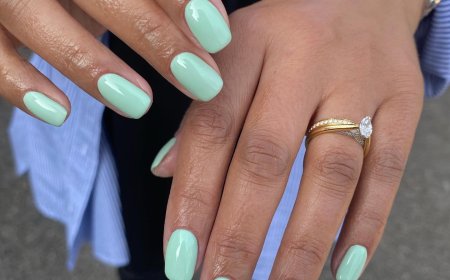
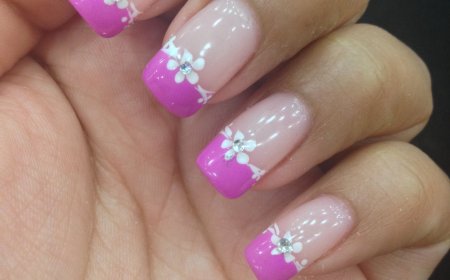


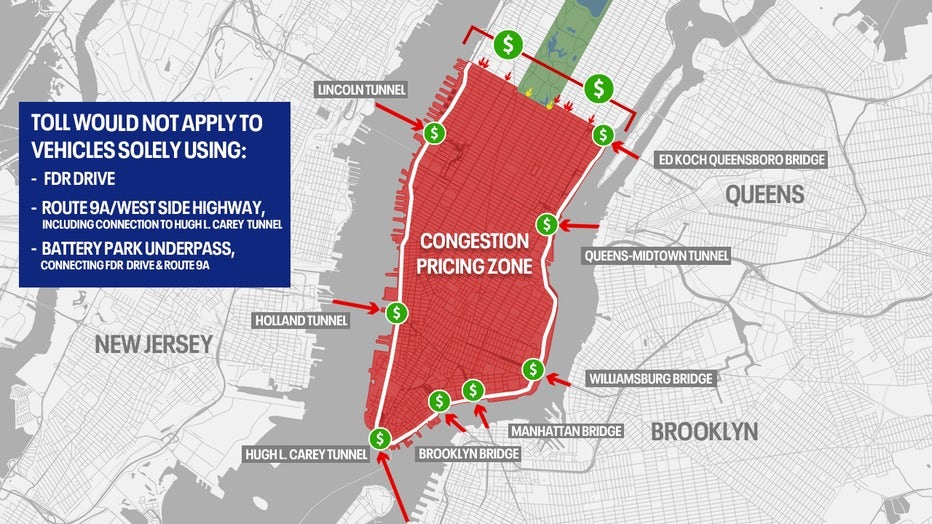


:max_bytes(150000):strip_icc()/drugstore-retinol-creams-tout-f76b9d2796e34eaa8376801c83fb1888.jpg)

